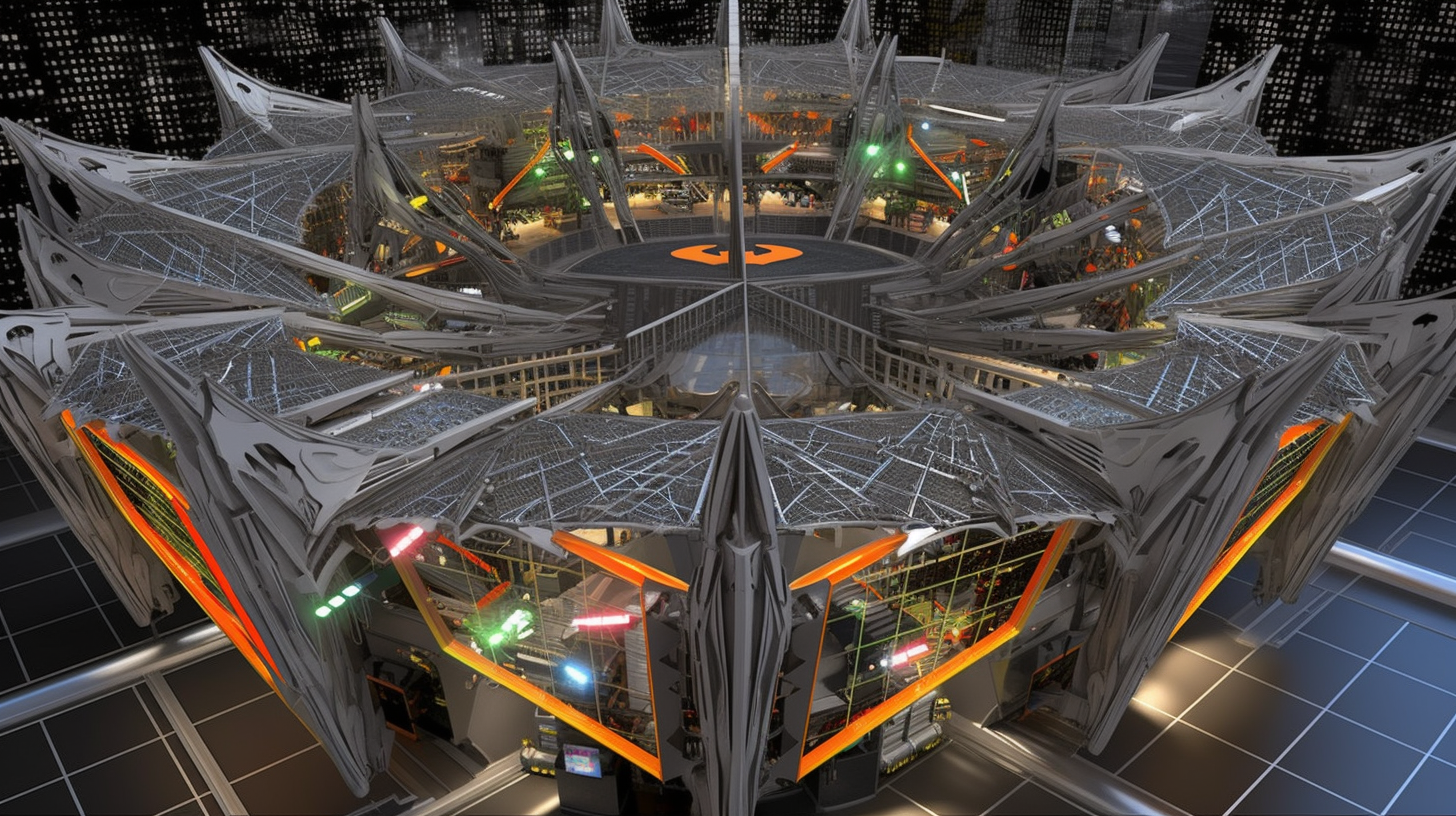Demystifying the LAN Architecture: A Study for the CCNA 200-301 Exam

The fascinating world of computer networking is a complex labyrinth, ripe with exhaustive acronyms and intricate diagrams. Ah, don't get me started on the jargon; oh boy, it's like a whole different language! However, fear not my aspiring CCNA certified pals! For today, we spelunk into the depths of a critical component - The Local Area Network, or LAN Architecture. Got your hi-tech helmet on? Let's dive in!
The Nuts and Bolts of LAN Architecture
A LAN, by definition, is a high-speed communication system designed to link computers and other data processing devices together within a small geographical area such as a workgroup, department, or building. LAN uses a protocol, a specific set of rules for communicating, known as Ethernet. So, you're probably scratching your head, asking, "What's Ethernet got to do with it?" Good question.
Ethernet, my curious friend, is like the glue that holds the LAN together. Using a star topology, the cogs and wheels of a LAN spin around hubs, switches, and routers. Delving deeper, switches and routers are the main building-blocks of a LAN. Switches act as controllers, enabling networked devices to talk to each other efficiently. On the other hand, routers tie multiple networks together. The duo is the LAN's very own Batman and Robin, protecting the integrity of data transfer within the network. Fascinating, isn't it?
An Academic Examination of LAN Architecture
In an academic sense, understanding LAN architecture necessitates comprehension beyond physical components. One must consider the conceptual layers of the OSI model - Physical, Data Link, and Network. The Physical layer defines the hardware elements of the network, such as wires, cables, and switches. The Data Link layer establishes how data is formatted for transmission and how access to the network is controlled. Put simply, it's the middleman, ensuring the safe passage of data from one node to another. And finally, the Network layer oversees data transmission between networks and routing through different paths.
Switches primarily operate at the Data Link layer, separating collision domains for each of its ports, which dramatically reduces network congestion. Routers, however, operate at the Network layer, subdividing a large network into smaller, more manageable subnetworks or subnets. This hierarchical network design aids in controlling network growth, provides predictable performance and allows network administrators to manage failures more effectively.
LAN Architecture by the Numbers
Now, for those of you who love a good stat, let's sprinkle some numbers into this techie-treat. According to recent studies, as LANs continue to grow in size, there's been a significant shift in favour of the Ethernet protocol. A whopping 96% of organisations worldwide use Ethernet for their LAN. Now, that's a crowd-pleaser!
Furthermore, a 2019 survey revealed that small offices (with fewer than 100 nodes), on average, deploy about 7 switches to support their LAN, while larger networks in medium to large enterprises could deploy several hundred. The average LAN speed has also seen a massive increase, with 10 Gigabit Ethernet becoming the new normal. Boy oh boy, that's faster than a cheetah on roller skates!
As we look towards the future, LAN architecture continues to evolve constantly. Experts predict an increasing trend towards virtualisation and cloud-based services. Integration of Wireless LAN (WLAN) is set to become commonplace, with about 67% of organisations already deploying WLAN access points. So, strap in, folks! For the world of LAN architecture, the only way is up!
In the grand scheme of things, understanding LAN architecture is fundamental for anyone looking to hone their networking prowess. As the CCNA syllabus rightly covers, LAN is a vital cornerstone of contemporary networking. The knowledge of its components and operational flow, coupled with recent trends and future predictions, can equip any budding network engineer with the tools required to build robust, reliable networks. So, keep those Ethernet cables tight and continue venturing into this intriguing maze of computer networks.
And remember, whether you're routing packets or switching frames, the journey is all about connection and communication, not just between computers, but between us, the humans behind the tech. Onward, brave netizens! The digital world awaits.